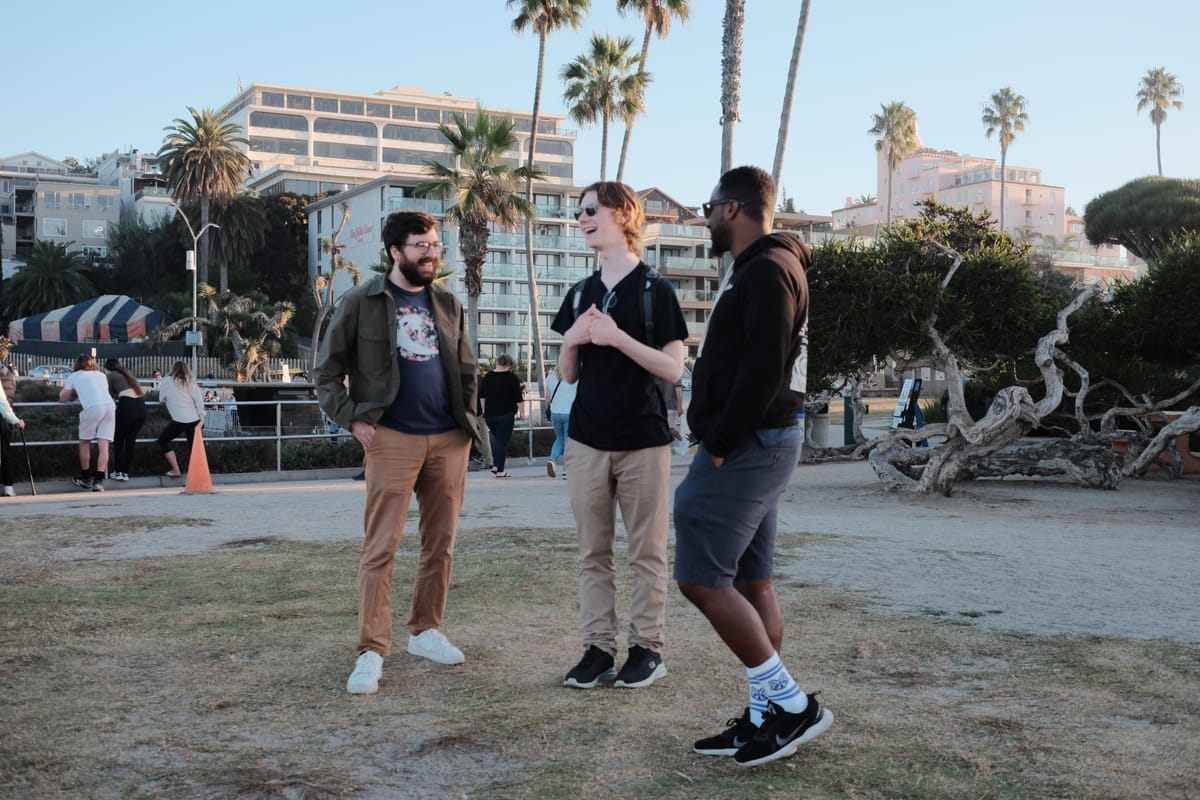
Distributed work is Roboflow’s approach to a hybrid, flexible work model that allows our team to work remotely, in-person at one of our office Hubs, or a mix of both. However, unlike fully remote work, distributed work requires the team to come together on a regular basis. This model revolves around defined, periodic gatherings—all company onsites, co-working events, and team meetups—that foster connection, build trust, and drive alignment.
After three years of refining our distributed work model, we've learned some crucial lessons that have made our approach to working together more effective. These are lessons we believe every company can benefit from if they’re considering a flexible, hybrid, or fully distributed workforce.
In this blog post, we are going to share our learnings from working according to our distributed Work model over the last three years. We’ll cover documentation, the importance of onsites and “Lighthouses”, how we approach offices with Hubs, and working transparently.
Documentation is Key to Success
One of the most important lessons we've learned is that documentation is the backbone of any distributed organization.
It’s not enough to simply communicate in meetings or informal channels—everyone needs clear, public, and easily accessible resources to stay aligned and informed. Especially when you are giving your team autonomy to spend company funds and travel often; the expectation needs to be documented and crystal clear so there is no misuse of funds or intention.
Consistent documentation, however, takes a serious investment in time. Our general rule of thumb is that if you or someone is doing something more than twice, the process itself needs to be documented – the more a question is asked or repeated, the clearer the indicator that documentation is needed.
When everyone works from different locations and time zones, it has been essential to have shared knowledge that’s available asynchronously. Public documentation, whether in Slack, Notion, or Slab, allows teams to self-serve and solve problems without waiting for a meeting or a response.
We’ve learned that even when team members have project conversations in person, it’s still crucial they write up the outcome of the conversation in Slack so everyone can be involved. This transparency enables remote team members to work autonomously while also ensuring alignment across time zones, and also removes any friction of being in person vs remote.
All Company Onsites: Two Is Better Than One
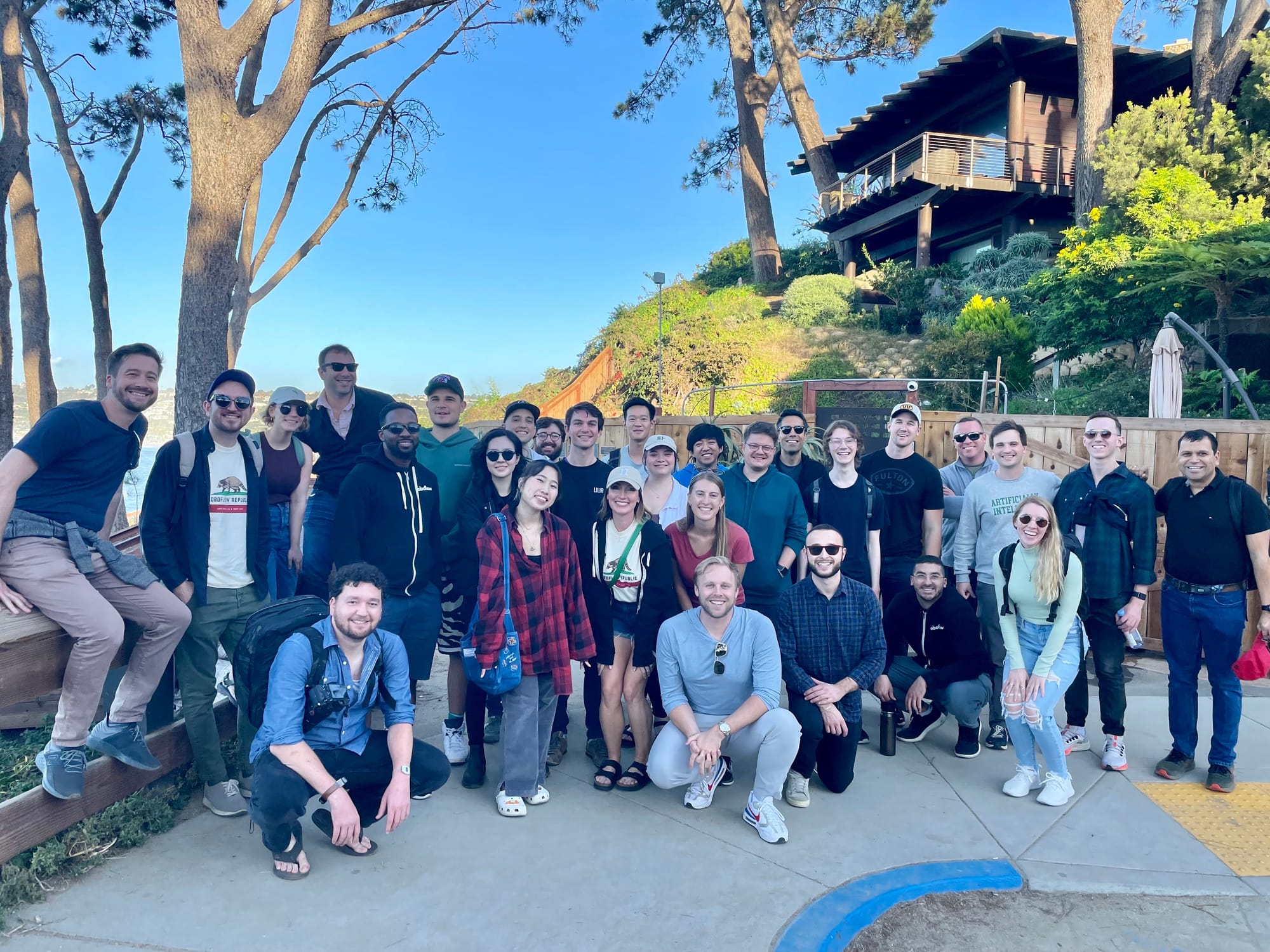
While Satellite Work enables our team to work from anywhere, we’ve found that regular in-person gatherings are an invaluable investment in our company’s success. We host two all-company onsites per year, and these events have become the cornerstone of our culture.
We originally thought we would adapt only one all-company onsite per year given it’s a large investment of time and money, but we quickly realized that two in-person meetups are far more impactful than we initially anticipated
Especially as we grow in team size, we started using onsites as a deadline or push to ensure new hires could attend onsites. At our last onsite in Cancun, we had 6 new employees starting on the first day of the onsite. That offers a sense of community and shared experiences immediately.
Onsites give us the opportunity to:
- Deepen relationships: Casual conversations over meals or spontaneous problem-solving sessions create bonds that are hard, but not impossible, to replicate in virtual meetings.
- Strengthen alignment: Aligning on vision, goals, and strategies in person helps clarify any misunderstandings or misalignments that can develop in remote settings.
- Reenergize the team: Spending time together in person rejuvenates the team, making collaboration more effective after the onsite ends.
- In-depth culture sessions: We created a culture survey for our team to participate in before each onsite. During the onsite, we address the areas of improvement and the areas of success head on.
In fact, the benefits of these in-person gatherings have been so significant that we now see them as an essential part of our growth, not just a nice-to-have.
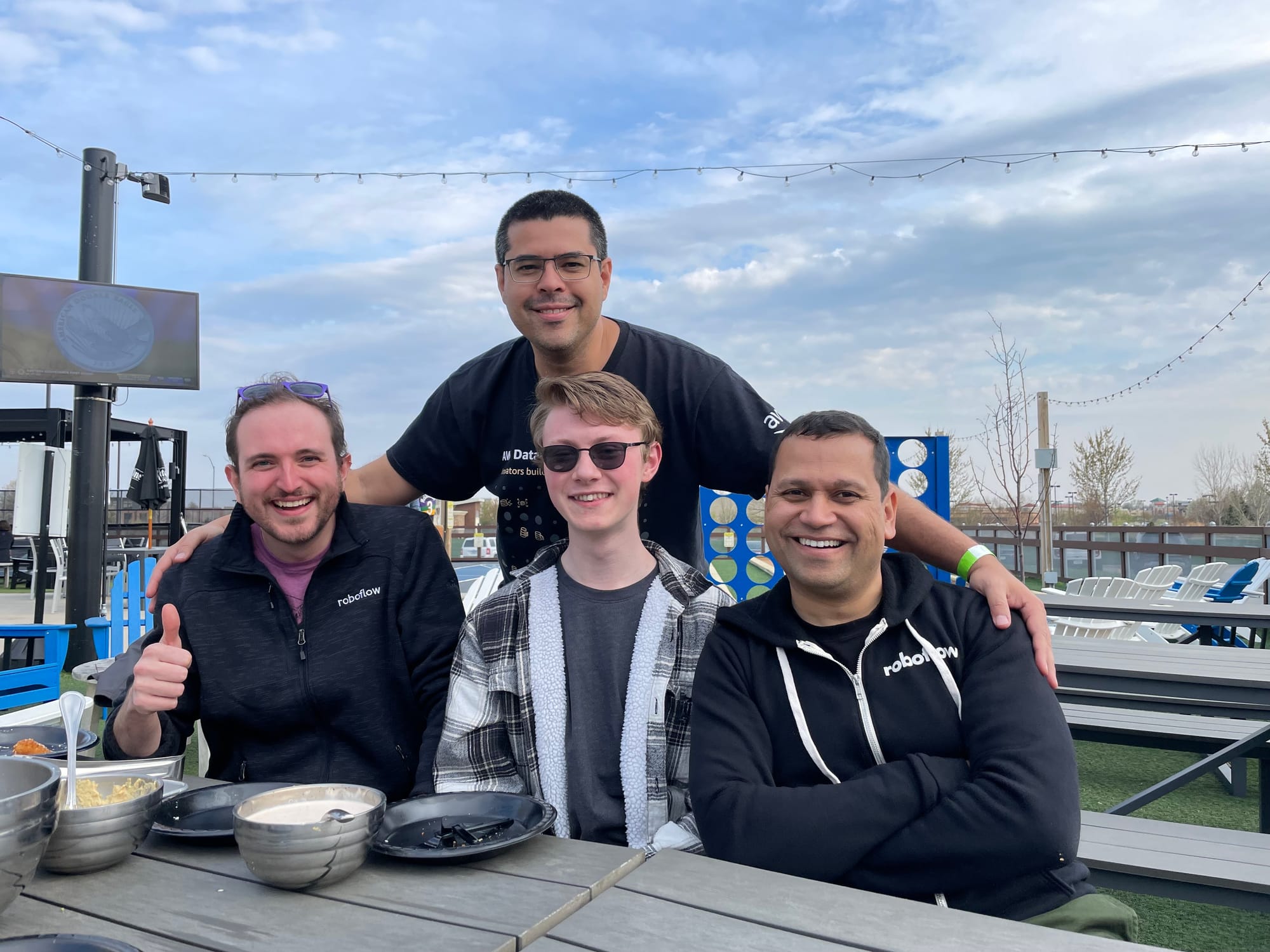
Lighthouses: The Power of Mini Team Gatherings
In addition to company-wide onsites, we also invest in mini-team gatherings, which we call Lighthouses. These are small, team-organized events that occur throughout the year, often in cities where team members live.
Team members can use their $4000/yr travel stipends to fund these Lighthouses. Whether it’s a few teammates gathering for a week in Mexico City, Palm Springs, or Nashville, these intimate offsites help nurture relationships and foster collaboration on a more personal level.
Lighthouses are especially important in distributed companies. When you're building a product or a culture across locations, it’s easy to fall into silos or experience communication breakdowns. However, getting together for a few days allows teams to build trust, tackle tough challenges, and have fun together—all of which contribute to better results when everyone returns to their respective locations.
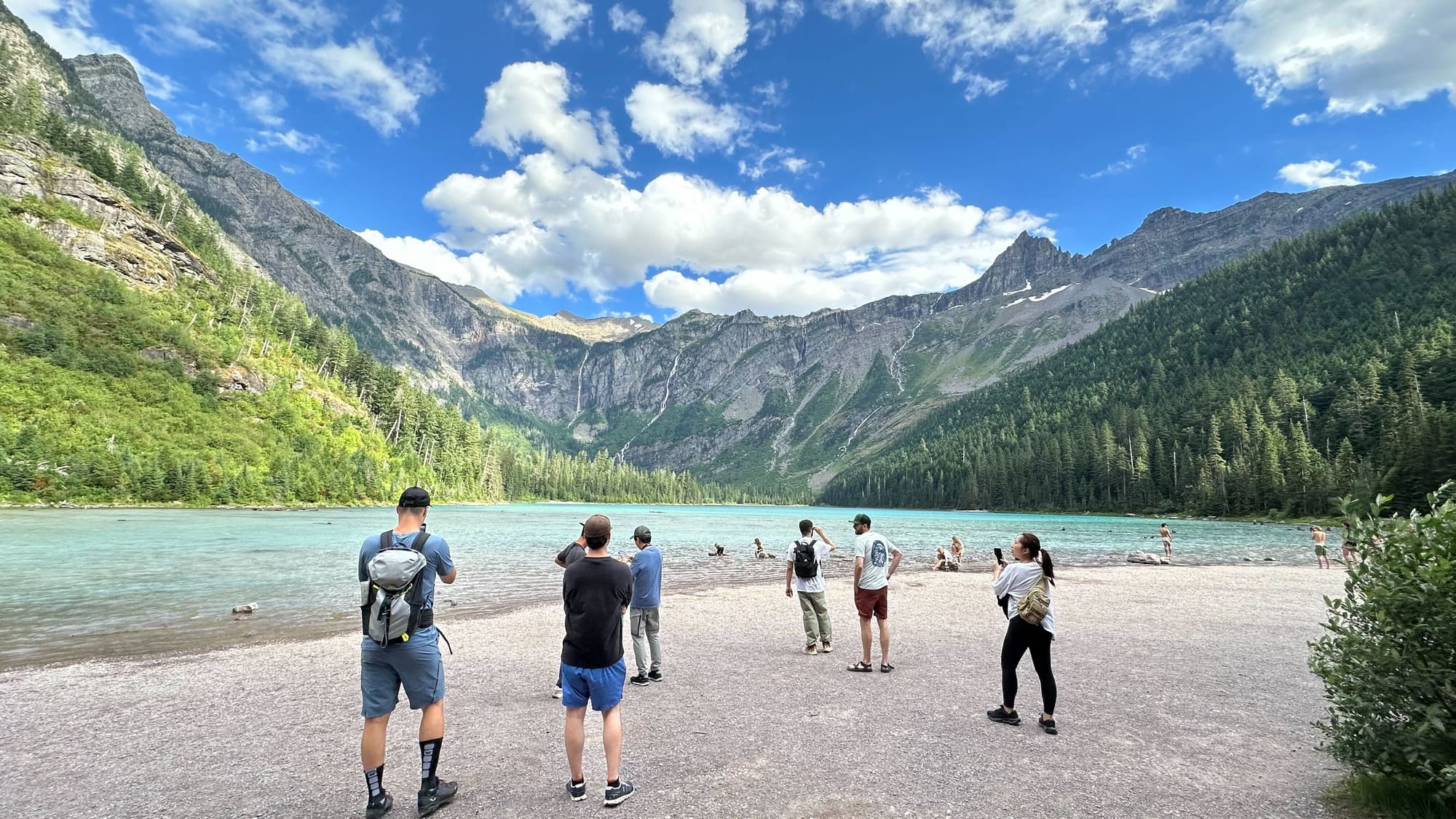
For example, one of our most memorable Lighthouses involved a group working together on a project Airbnb in Palm Springs. Beyond the work we accomplished, the memories of late-night brainstorming sessions and cooking breakfast together formed a deeper connection that simply wouldn’t have been possible in a Zoom call.
Hubs: (Many) People want to be in person again
We opened two office Hubs in San Francisco and New York a year into our Satellite model to respond to the team’s desire to be in person on a regular basis. The original Hubs were small in size and were located at co-working offices. Within 3 months, we had to expand both offices and have increased the number of team members 3x that want to work in an office environment again.
We nominated a “Hub Captain” for each location to help make critical decisions about the hub, like the location and space, maintain the space onsite, and be a strong example of Roboflow's values.
We also started offering a relocation bonus for people who want to move to a Hub city and work in the office on a regular basis (at least 3x per week), to offer a solution for all team members. We will open a Hub in any city that has 5 or more team members. To date, 10 team members have chosen to relocate to a Roboflow Hub location.
Transparency leads to inclusion
In a fully distributed environment, transparency is the glue that holds the team together. One of the principles we’ve learned to embrace is to default to public communication. This means that whenever possible, we use public Slack channels or shared documents for communication, rather than private messages or closed forums.
It can be a challenge to adopt a fully transparent culture, but over time, it often becomes our team's most valued trait.
“We have a culture of transparency and trust. I like that we have open forum in our slack where anyone can add feedback.”
“I love that all communication happens in public channels. We should keep that.”
“Best part of Roboflow's culture.”
Our approach to transparency encourages inclusion and a sense of closeness as well. Everyone has access to the same information and can contribute to conversations, regardless of their location. It creates a culture where decisions are made transparently, and everyone feels empowered to contribute, ask questions, or voice concerns.
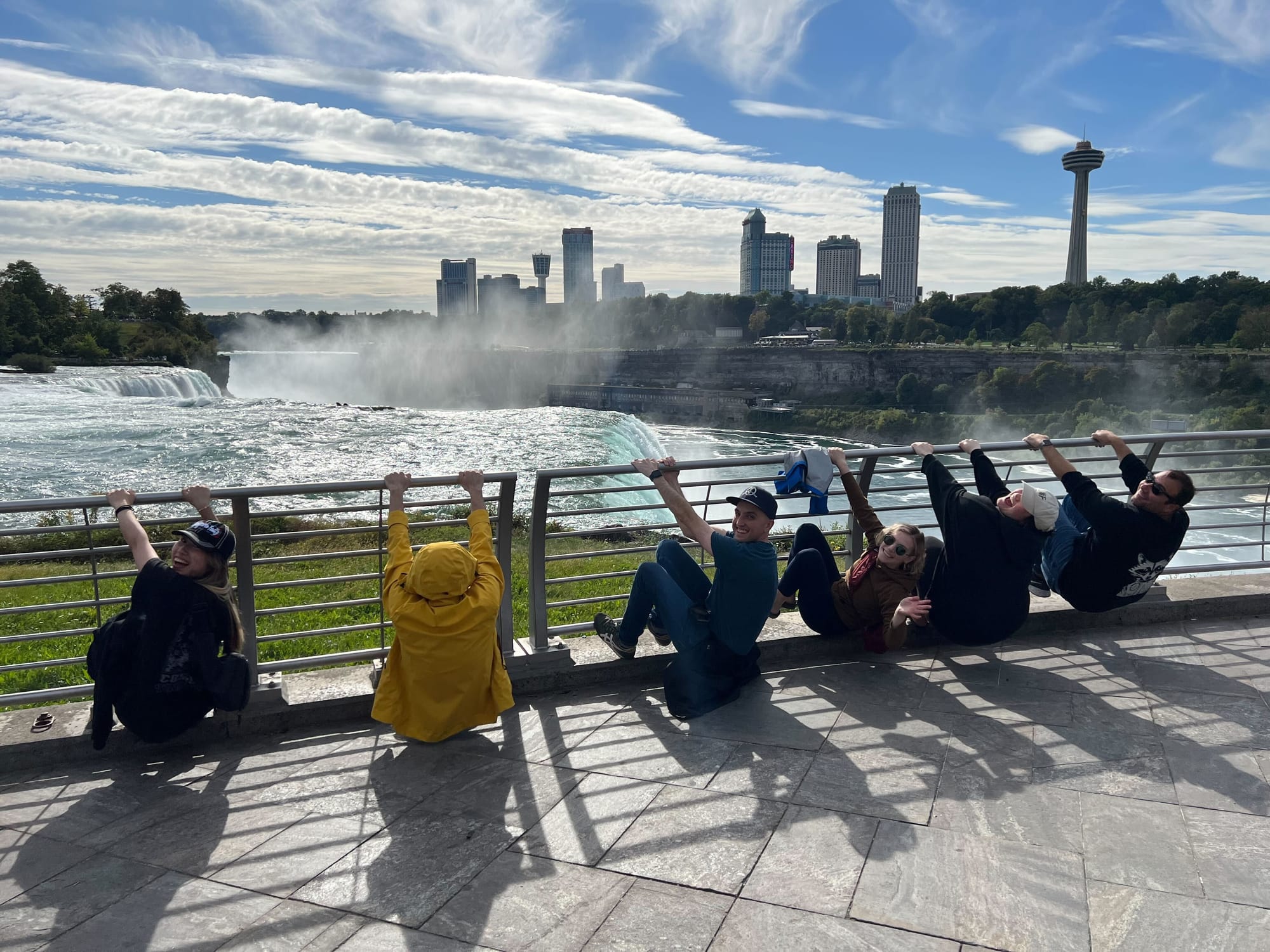
Distributed work is a holistic approach to working with exceptional talent across the globe that has helped us scale from 3 to 62 employees in 5 different countries. If this culture sounds like it’s for you, check out our careers page for open roles or use our step-by-step guide to implement it at your company.
Cite this Post
Use the following entry to cite this post in your research:
Kate Wagner. (Dec 17, 2024). The Evolution of Distributed Work at Roboflow. Roboflow Blog: https://blog.roboflow.com/the-evolution-of-distributed-work/
